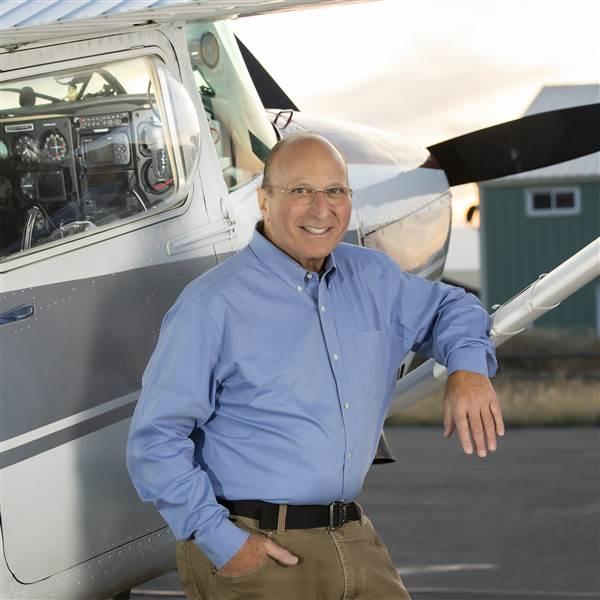A tough pill to swallow
Evaluating the FAA’s medical evaluation system

I had to buy a new one, and the only ones available have lots of bells and whistles that tell me how I am doing health wise—information I do not want or need, plus they are grossly inaccurate. I equate this to the FAA requiring tests and telling pilots how they are doing from a desk in some office far away.
When I wake up in the morning, the watch tells me how I slept. I know how I slept. If I am tired in the morning or had bad dreams about my upcoming FAA medical, I know it. I do not need a watch to tell me. If I woke up in the middle of the night and could not go back to sleep, I know it. If I slept through the night and woke up ready to tackle various bureaucracies for my patients, I know it.
Not only do I not need a watch to tell me how I slept, most of the time, the information it provides is absolute jibberish—a total waste of time. It told me I walked 30,000 steps when riding in a bumpy jeep in India and that I got my heart rate up to 180 on an escalator.
The FAA’s medical certification policies imply it knows more about our health and how to monitor it than we do. This assertion is as absurd as my “smart” watch. I may grant someone a first, second, or third class medical today, but in essence, pilots grant themselves a valid medical every time they get into the cockpit until their next medical is due. The FAA also thinks it knows a pilot’s fitness to fly better than the pilot’s local health care providers. I have yet to meet a pilot who has continued to fly when their local doctors have said they should not. I am sure there may be some out there, but those are the same folks who probably conceal medical information from the FAA.
Most important, the system of self-assessment works. The rate of medically related accidents is so low that it is statistically negligible. Plus, the FAA’s own study shows no difference in accident rate between BasicMed pilots—90,000 strong and counting—and pilots with third class medicals.
It is significant to note that about one third of pilots on BasicMed were on special issuances that required onerous testing annually and sometimes more frequently. The results of the FAA-required, medically unnecessary testing are akin to my watch telling me how I slept or whether I was ready to exercise that day.
The FAA is now months to literally years behind reviewing medicals for initial or renewed special issuances. They are so far behind reviewing medical electrocardiograms for first class medicals that most pilots have their second annual ECG before the first one is read. What is the point?
The FAA has conducted at least one “listening” session with more to come. One of the recommendations presented loud and clear was giving the local health care provider’s reports more credence and giving AMEs more decision authority instead of having to refer everything to the quagmire in Oklahoma City. I know this makes sense from a logical point of view, but with the self-induced delays caused by the FAA’s arcane processes, it makes logistical sense as well.
When the statistics show that the FAA’s medical evaluation system lacks validity, it threatens the entire aerospace medical community’s relevance.
Dr. Susan Northrup, the federal air surgeon, has indicated that the CACI program (conditions AMEs can issue) will be expanded. She also has initiated a renewal of coronary artery disease AASIs (AME assisted special issuances) based on the pilot’s personal cardiologist’s assessment rather than “check the box” annual testing. These changes are a step in the right direction.
When the statistics show that the FAA’s medical evaluation system lacks validity, it threatens the entire aerospace medical community’s relevance. That is a tough pill to swallow. However, if there is a market for “smart” watches, there probably still is a “market” for FAA third class medicals.
I am writing this on a trip, and I left my “smart” watch at home. I have not missed it once, nor have I had any problem monitoring my health. I feel confident that there are no pilots on BasicMed who miss the FAA monitoring their health. 



